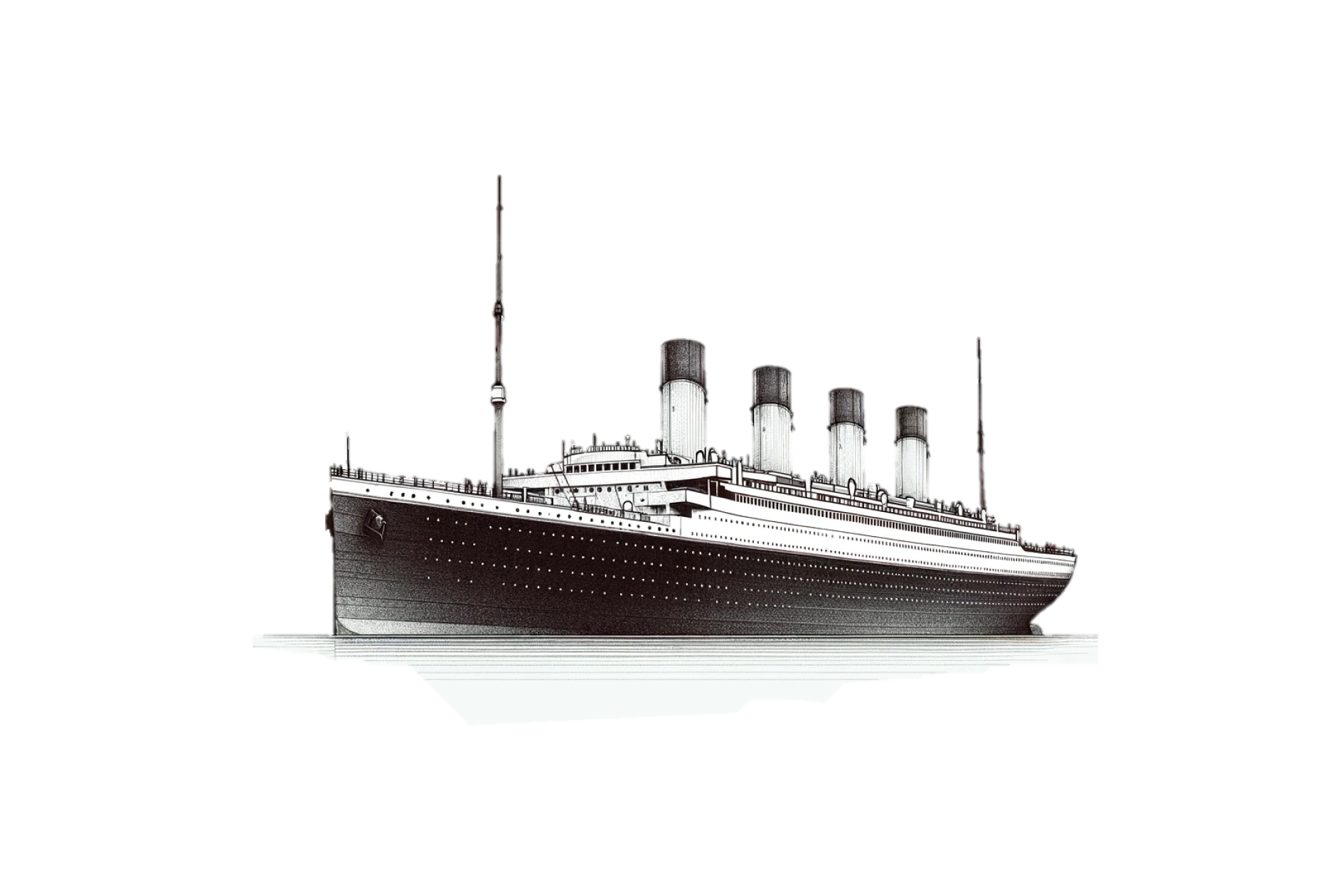
Welcome to a new series on the business implications of great landmarks in the arts and popular culture. Like workplaces everywhere, as a team, we continually share our thoughts about all the books, films and TV we’re watching and reading. It dawned on us recently that we’re often seeing parallels between all these cultural things and our day jobs. So, we’re joining the dots in this series and actively thinking about what we can learn in our lives, in business, branding, research and marketing from the cultural events that we’re immersed in.
First up, Sarah, and one of her favourite films….
I was prompted to write this piece after recently visiting the Titanic Museum in Belfast, which is a moving and thought-provoking experience that got me thinking about the narratives we tell about epic events, the editorial choices we make and what we can learn from this.
James Cameron’s 1997 film Titanic is an epic tale of hubris, horror and survival, and one of the highest grossing films of all time. Much of its emotional heft is driven by a highly selective ‘upstairs, downstairs’ narrative centring on snooty aristocrat Kate Winslet’s romance with plucky steerage passenger Leonardo DiCaprio. Based on the film you could be forgiven for thinking there were only aristocrats and impoverished people on board the Titanic, but in fact there were also 285 second class passengers, almost as many as first class. James Cameron isn’t alone in his omission of this significant chunk of the ship’s population, in fact the second class passengers rarely get a look in in any story or account of the ship’s loss.
Why? In short because in storytelling we value striking extremity, black and white, good vs evil. It’s much more compelling for Cameron to depict steerage accommodation as rat-invested and cramped, when in fact third class on the Titanic was a higher standard than any ship of its kind that had ever previously sailed (and likely a higher standard than many had ever experienced in their lives). It’s also more compelling for us to conclude that aristocrats were far more likely to be saved than steerage passengers. Though class certainly was a factor, your chances of survival were in fact far more influenced by gender – 73% of women aboard made it back to shore versus only 19% of men.
So in a way it makes sense that the second class passengers never really make it into the usual Titanic narrative. The truth is that we care far less about the middle ground than we do about the dramatic edges. But those second class passengers are important, not least because they add a new lens on our perceptions of social class in Edwardian England. For example, many second class passengers were teachers and clergy travelling as tourists, indicating a considerable level of disposable time and income among this group. Their survival rate was also only 42%, even though they were closer to the lifeboats than steerage passengers. It’s been suggested that second class passengers were among the most conformist and the group least likely to be pushy or scrap for a place on a lifeboat. This reveals something very important about middle class mindsets.
When we omit the second class story, we lose the full picture.
In marketing we ignore the middle ground at our peril. It’s too easy to base marketing strategy on the loud extremities, the vocal minority we hear on social media. In striving to be distinctive, brands naturally look to the edges – especially when it comes to communications. But it can be a risky game to project this onto the quiet, overlooked majority in the middle. Especially since the success of most brands depends on connecting meaningfully with this important audience. While mainstream brands can push towards the edges, they also need to respect boundaries.
Dramatic stories are engaging, but it’s our job to get the full picture and respond accordingly. Not least because it’s in those mundane, everyday tensions that creative gold can lie – think of the McDonalds eyebrow raise or Snickers’ ‘You’re not you when you’re hungry’ campaign.
James Cameron can craft the most dramatic story imaginable. We must pay attention to – and celebrate – the marvellous middle.
Sarah
